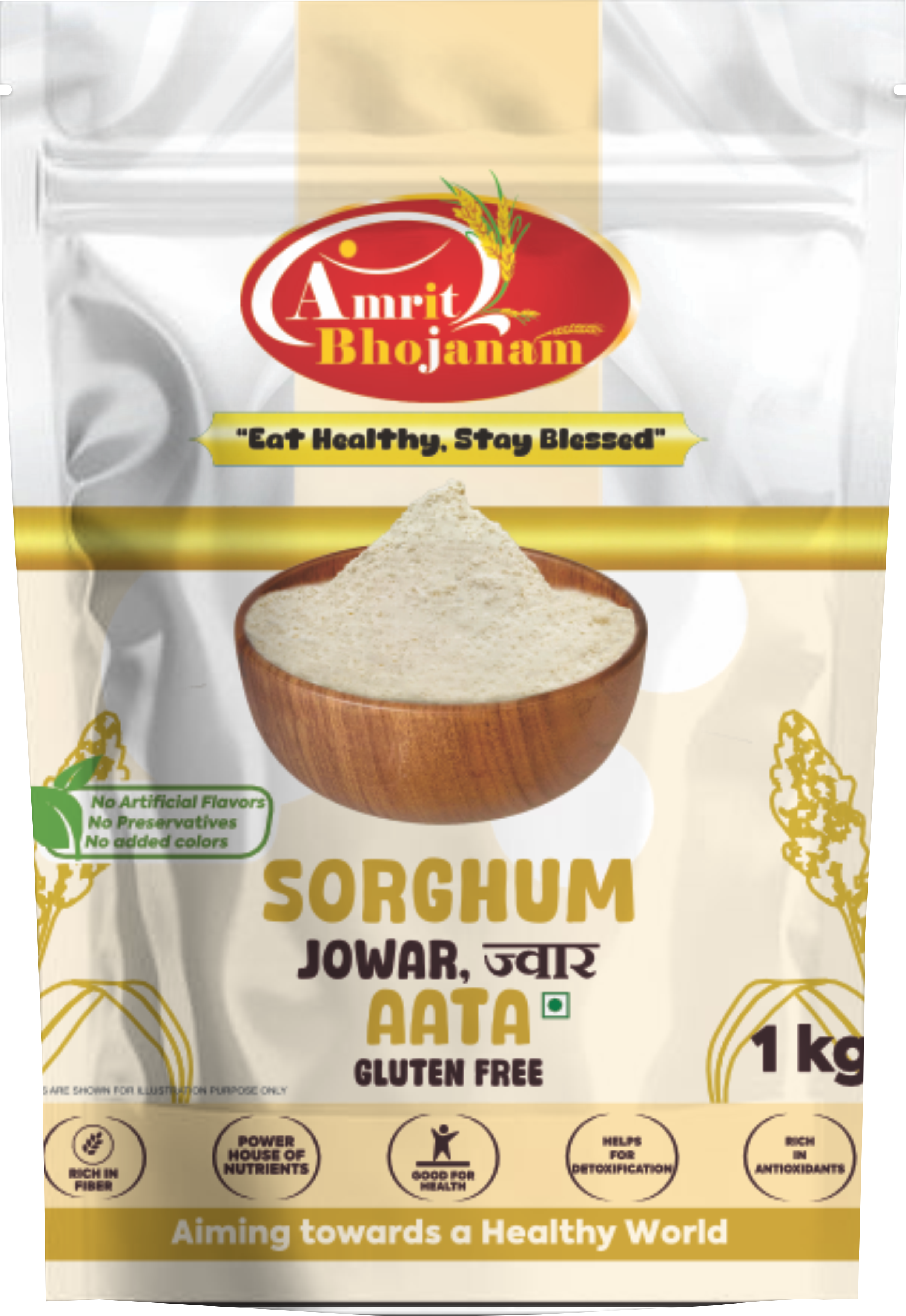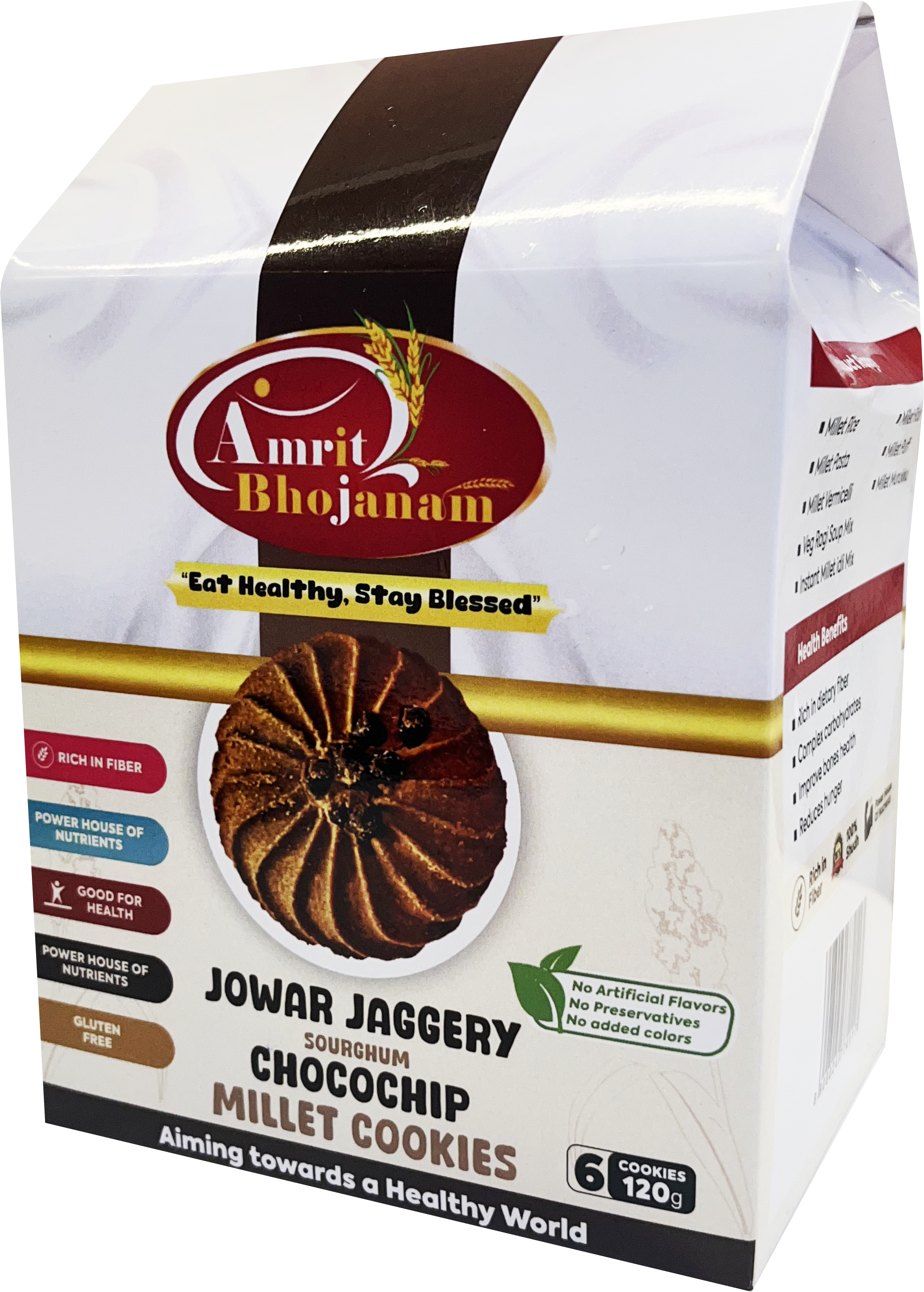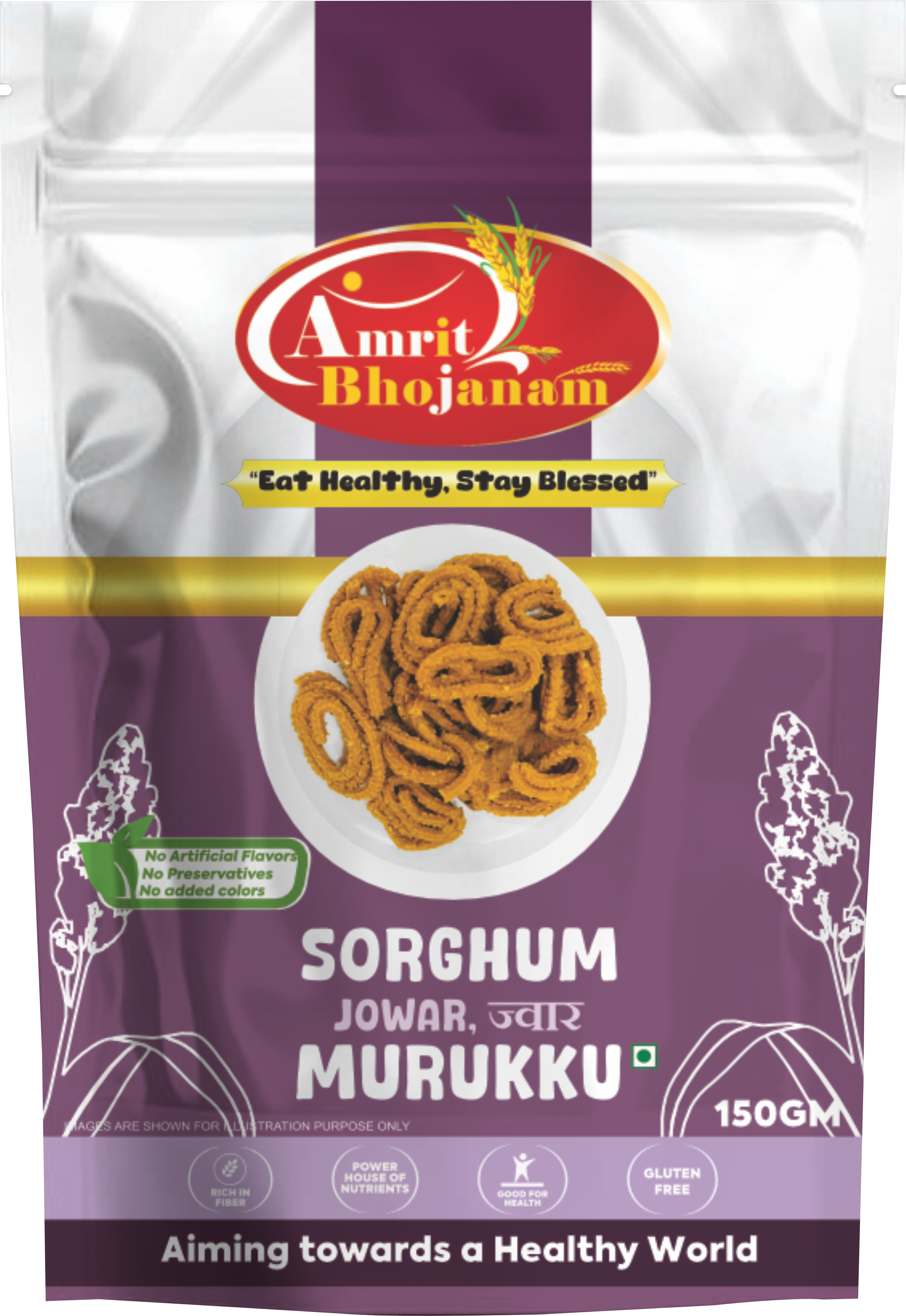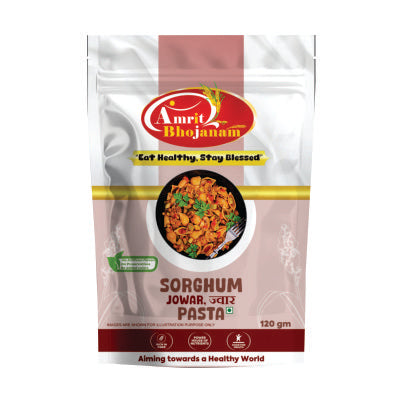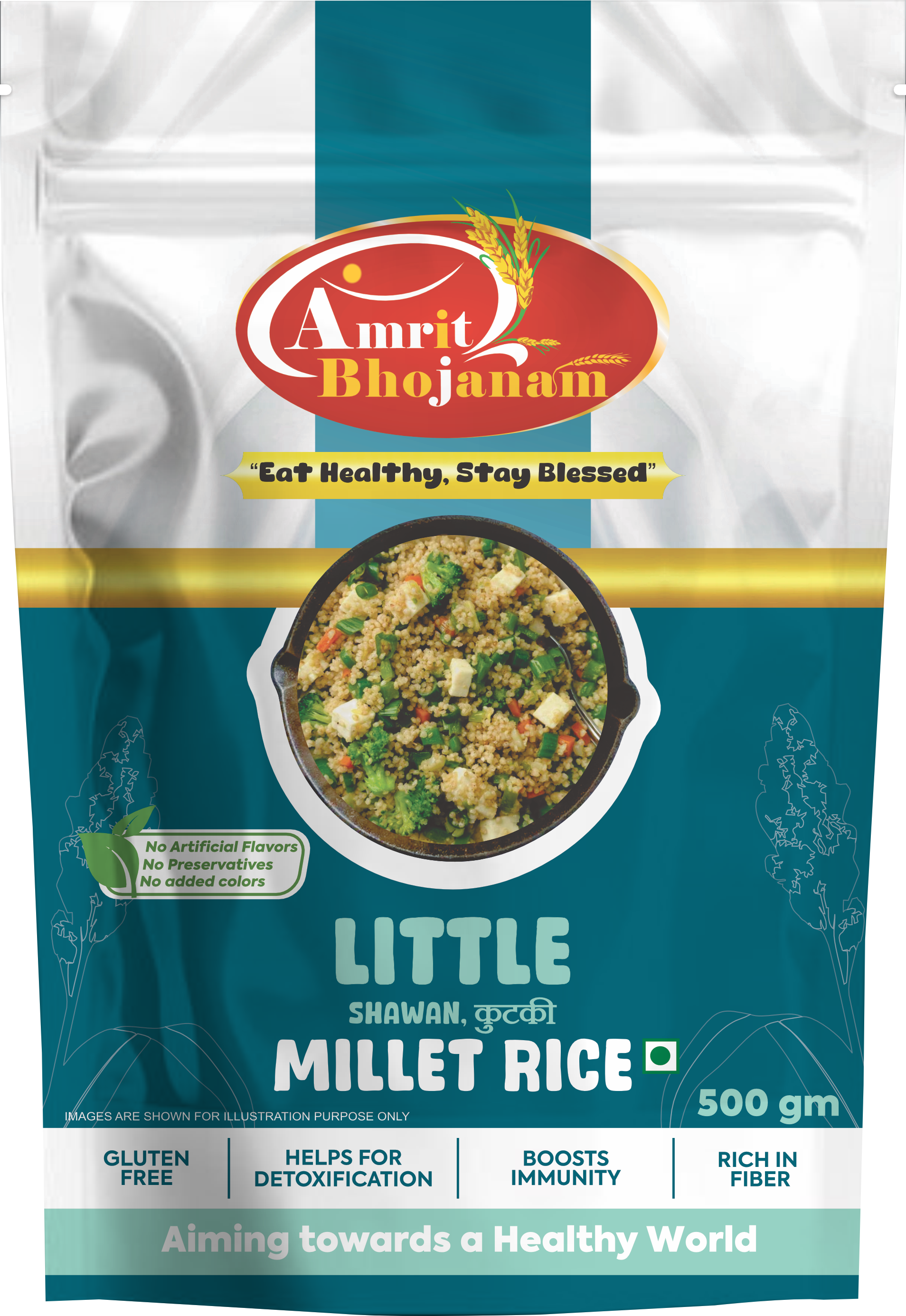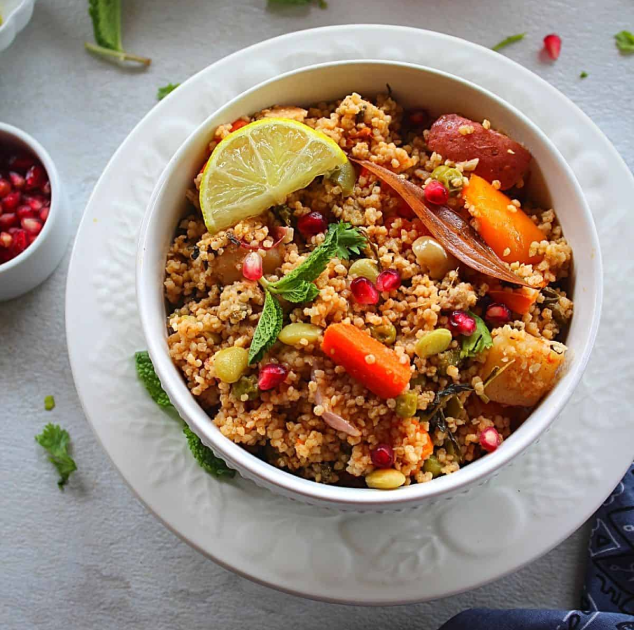Millet, an ancient grain, has been an integral part of Indian cuisine for centuries. From traditional flatbreads like bajra roti to hearty porridges, millet has nourished generations, especially in rural India. Unfortunately, with the rise of more processed grains like wheat and rice, millet took a backseat. But now, this nutrient-rich grain is making a well-deserved comeback as more people realize its health benefits and its role in sustainable agriculture. So, let’s dive into why this superfood deserves a permanent spot in your diet and how you can make the most of it.
Why Re-include Millet in Your Diet?
Millet isn’t just another grain; it’s a powerhouse of nutrition. Rich in fiber, protein, vitamins, and minerals, it offers numerous health benefits. And what's even better? It's naturally gluten-free, making it a perfect choice for those with gluten sensitivities.
In traditional Indian households, millet was a staple due to its adaptability to the local environment. It grows in dry and arid regions with minimal water, making it a resilient crop that supports sustainable farming practices. Reviving millet is not only beneficial for your health but also for the environment.
Health Benefits of Millet
Millet stands out for its impressive health benefits. Here are a few key reasons why you should consider adding this grain to your meals:
- Rich in Nutrients
Millets are packed with essential nutrients. They are a great source of fiber, which aids digestion and prevents constipation. Millets also contain a range of vitamins such as B-complex vitamins (B1, B2, B3), which help in maintaining energy levels and supporting brain function. Additionally, millets are rich in magnesium, phosphorus, and iron, promoting bone health, regulating blood pressure, and preventing anemia.
2.Supports Heart Health
Consuming millet regularly can improve heart health. Its high fiber content helps lower cholesterol levels, reducing the risk of cardiovascular diseases. Millets are also rich in potassium, which helps manage blood pressure, and magnesium, known to improve heart health by relaxing blood vessels and regulating heartbeat.
3. Helps in Managing Diabetes
Millets have a low glycemic index (GI), which means they release sugar into the bloodstream slowly, helping to maintain balanced blood sugar levels. This makes them an excellent choice for individuals with diabetes or those looking to prevent it.
4. Weight Management
Due to their high fiber content, millets keep you full for longer, reducing the chances of overeating. This can be particularly helpful for people looking to manage their weight without compromising on nutrition.
5. Good for Gut Health
The high fiber content of millet aids digestion and promotes a healthy gut. Millets act as prebiotics, feeding the good bacteria in your digestive system, which supports overall gut health and immunity.
How to Incorporate Millet into Your Diet
Now that we know the health benefits and varieties of millet, the next step is learning how to incorporate it into your daily meals. Here are some easy and delicious ways to include millet in your diet:
- Replace Rice with Millet
Swap your regular white rice with cooked millet for a more nutrient-dense meal. You can use millet in dishes like pulao, biryani, or even plain steamed millet as a side dish.
2. Millet Porridge
Start your day with a warm bowl of millet porridge. You can make it savory by adding vegetables and spices or sweet with milk, honey, and fruits.
3. Millet Roti
Pearl millet or jowar flour can be used to make rotis. These flatbreads are wholesome, filling, and pair well with curries, chutneys, or even yogurt.
4. Add to Salads
Cooked millet can be tossed into salads for an added crunch and boost of nutrition. Combine it with fresh vegetables, nuts, and a light dressing for a hearty, healthy salad.
5. Millet Snacks
You can make snacks like millet upma, laddoos, or even millet-based energy bars. These are perfect for mid-meal snacks, offering a good mix of taste and nutrition.
6. Millet Dosas and Idlis
Replace traditional rice in your dosa or idli batter with millet for a healthier version of these beloved South Indian dishes.
Conclusion
Millets were once a staple in Indian households, and it's time we bring them back into our diets. Not only do they offer incredible health benefits, but they also support sustainable farming practices, making them an environmentally friendly choice. From managing diabetes to boosting heart health, millet is a versatile grain that can fit into any meal. So, whether you're replacing rice or adding it to your salads, give millet a chance and enjoy the goodness of this ancient grain.


